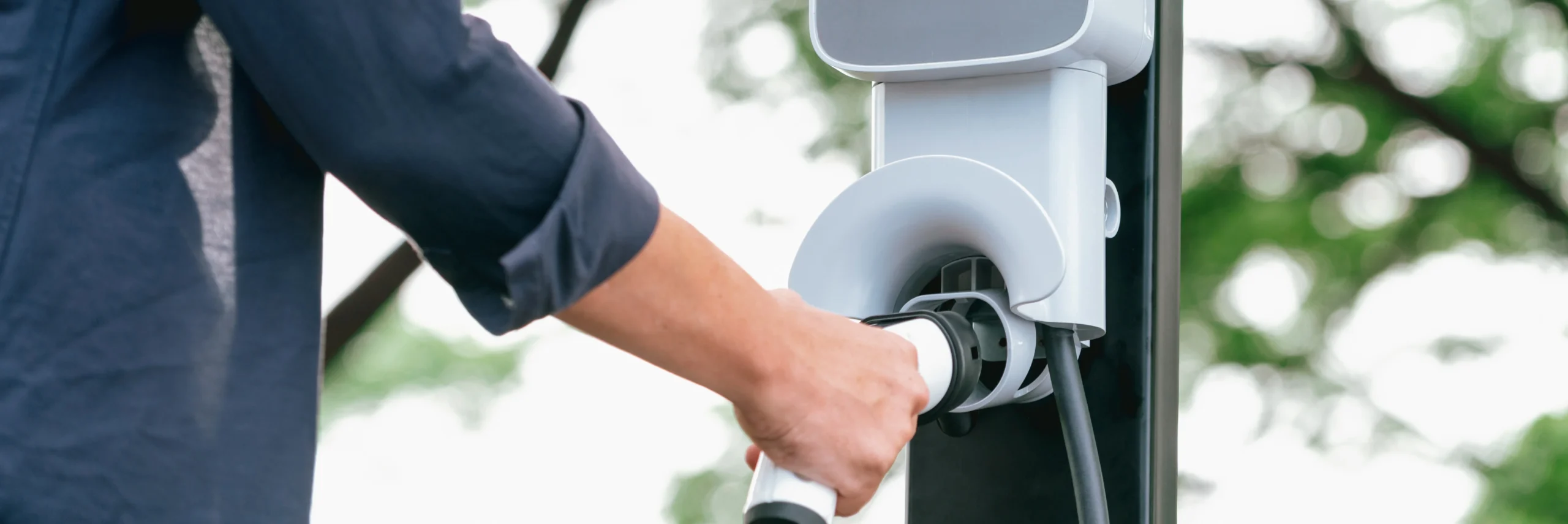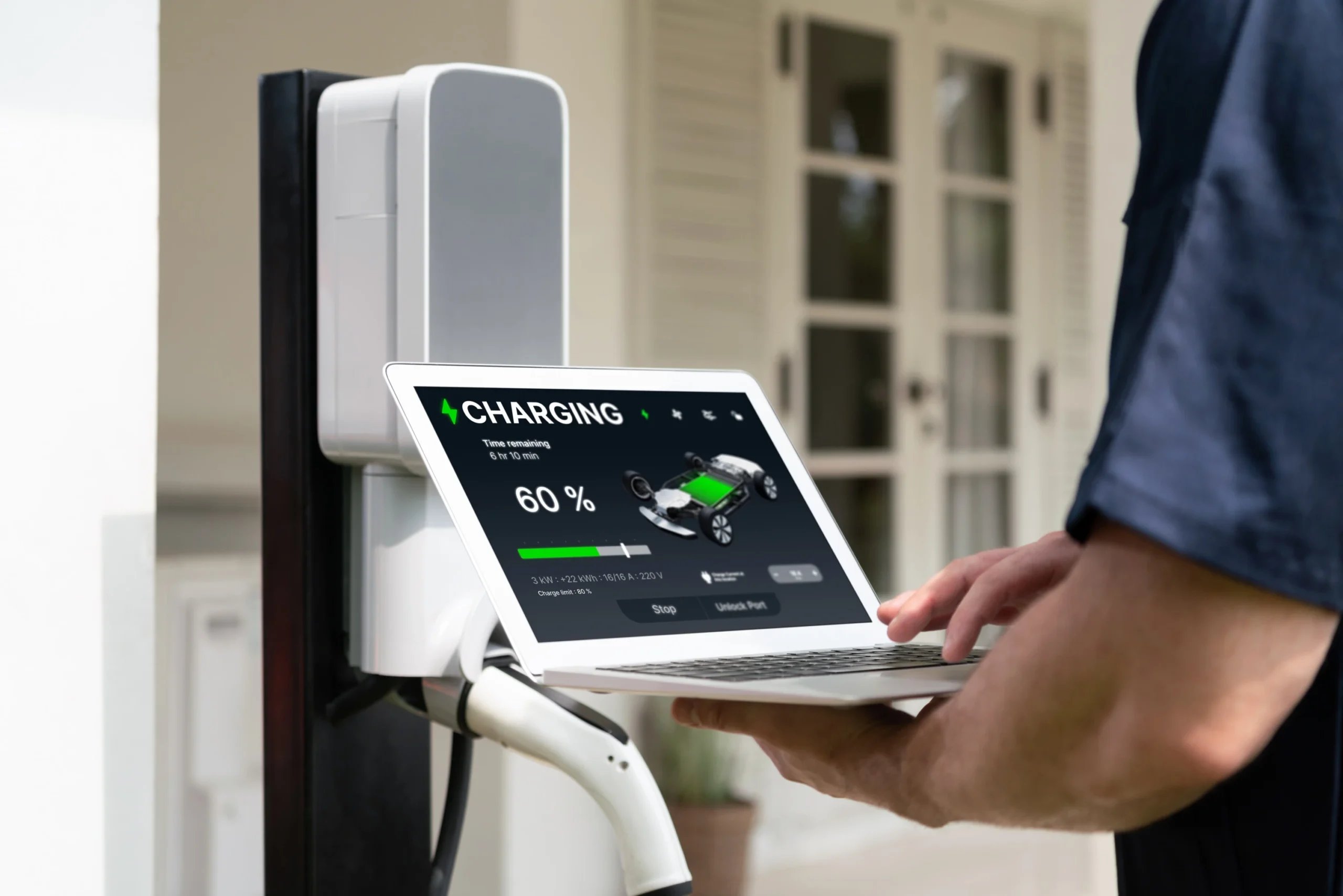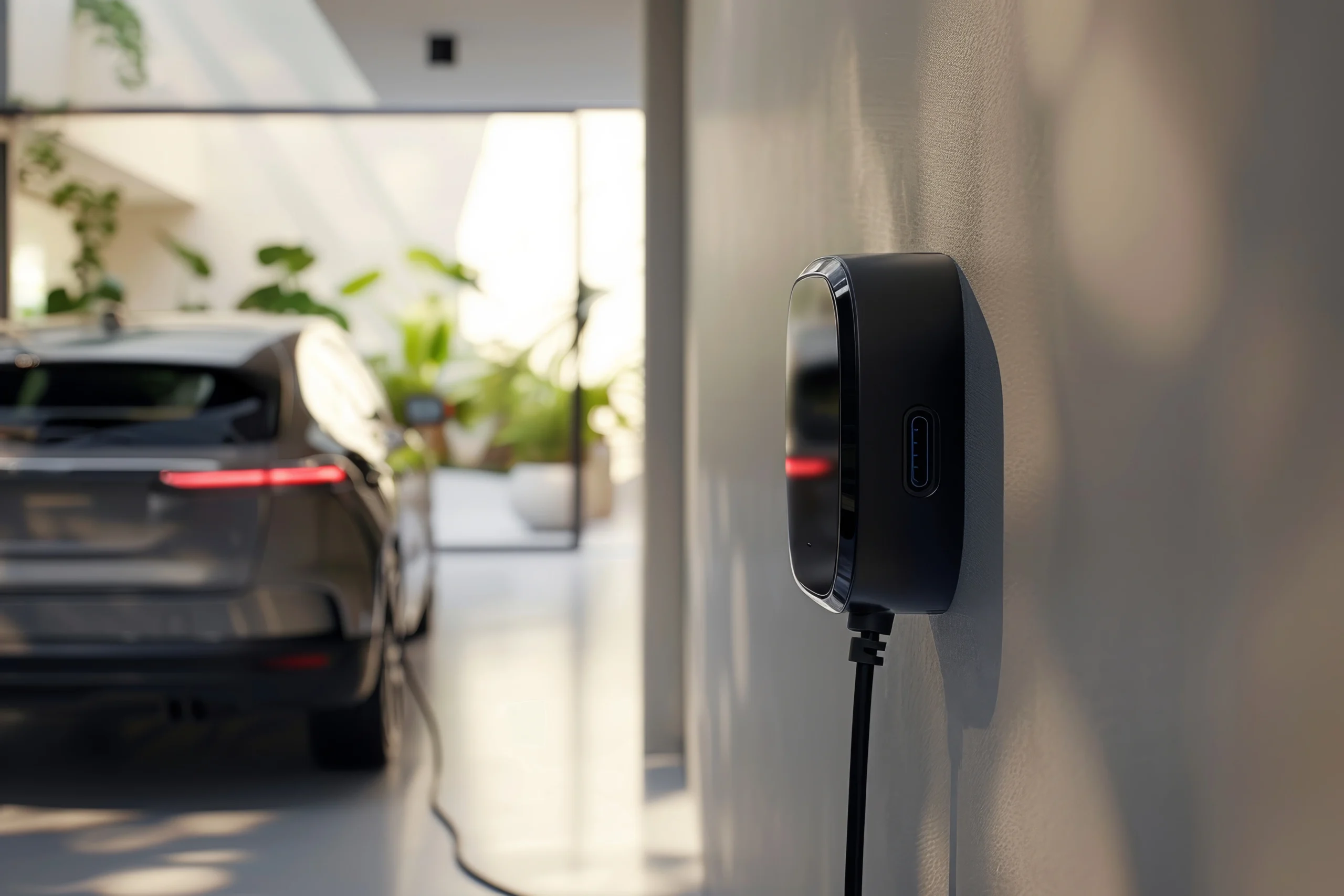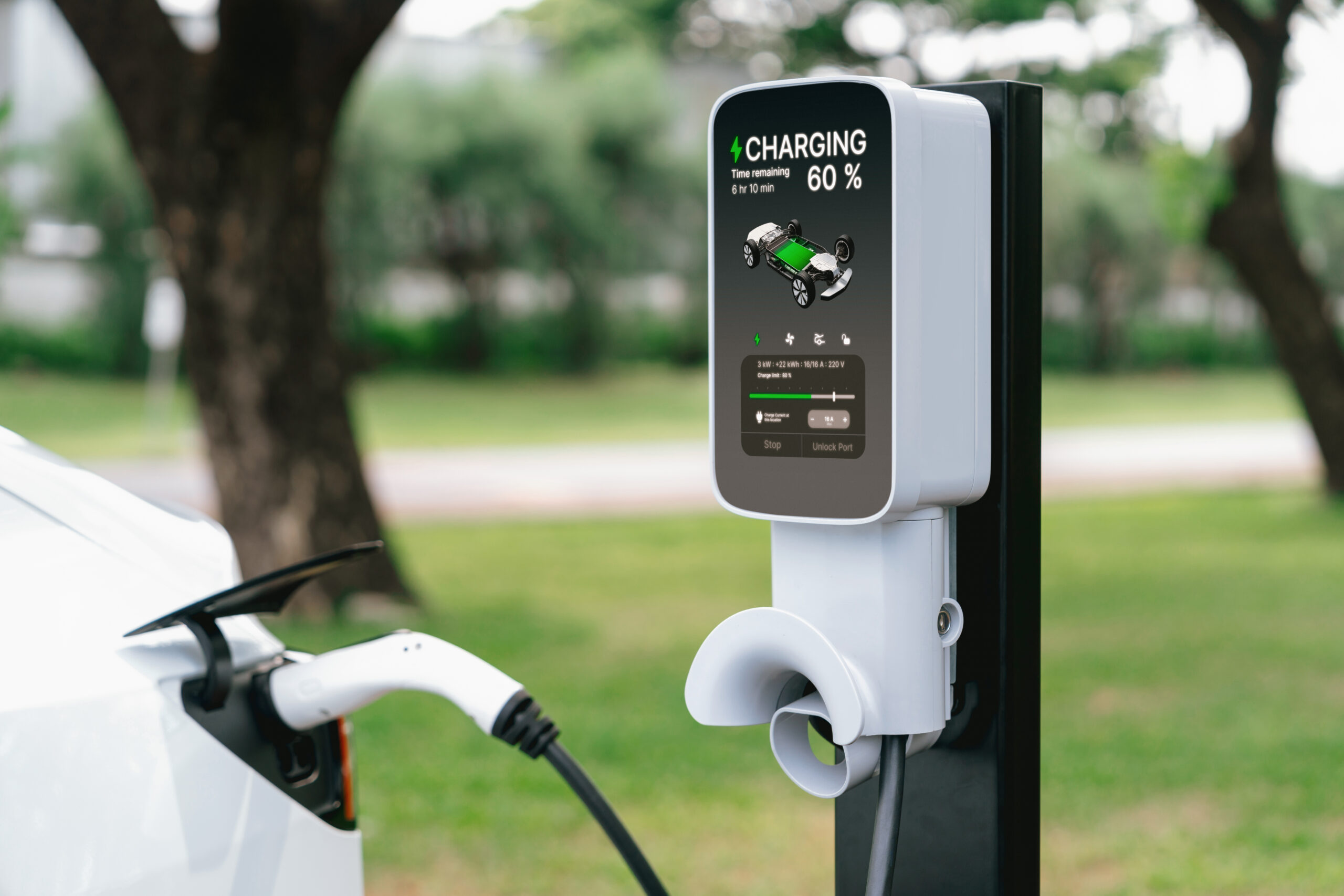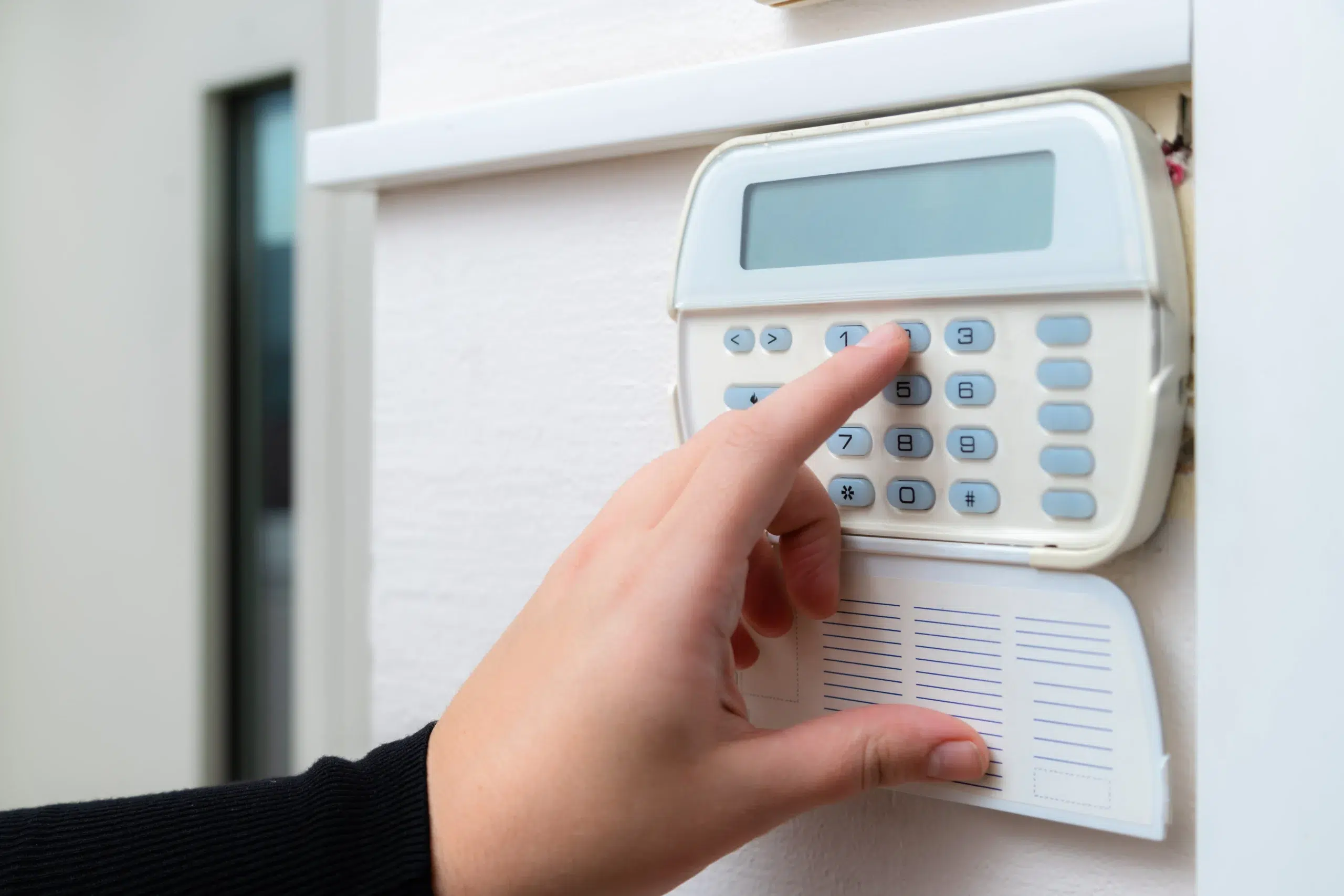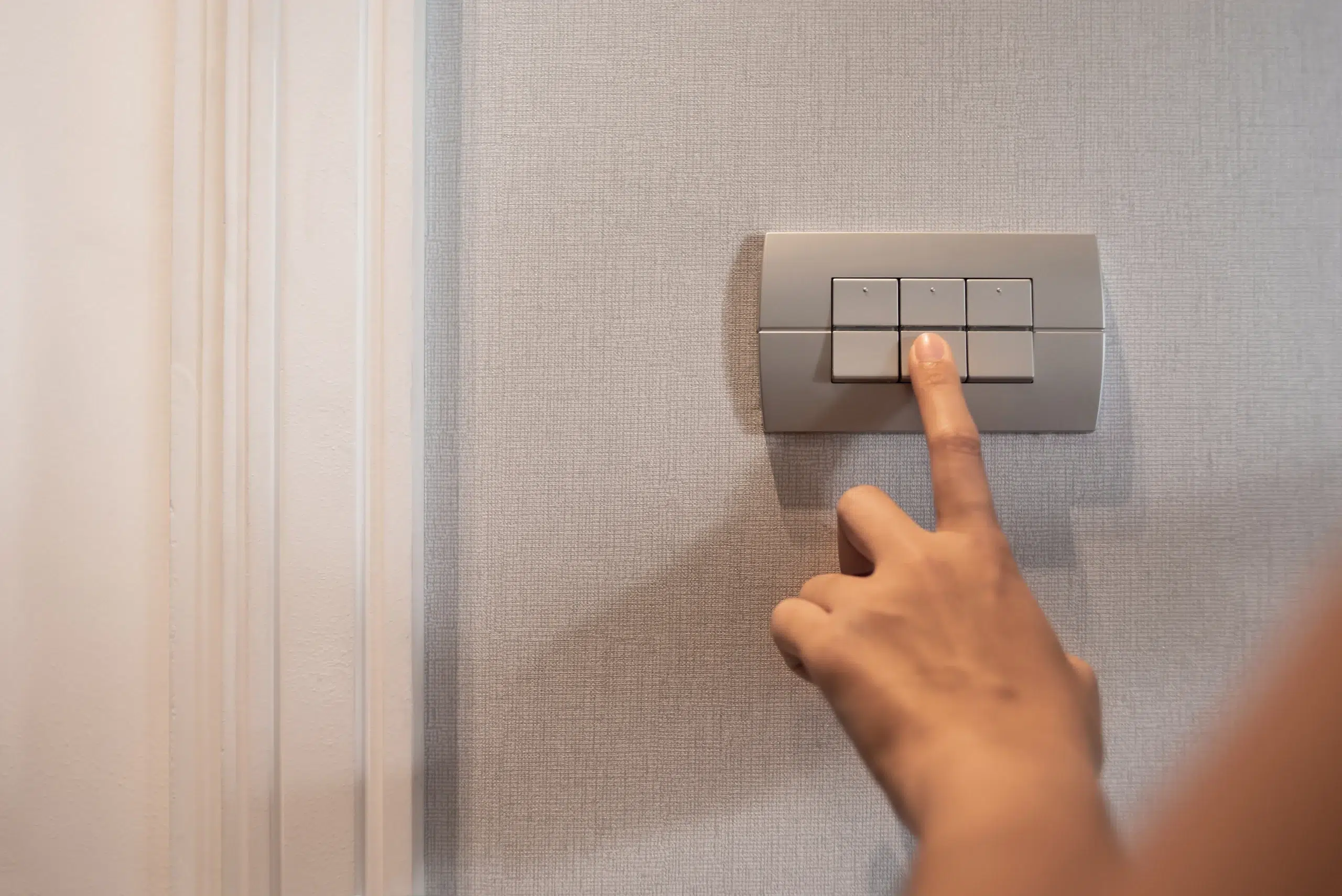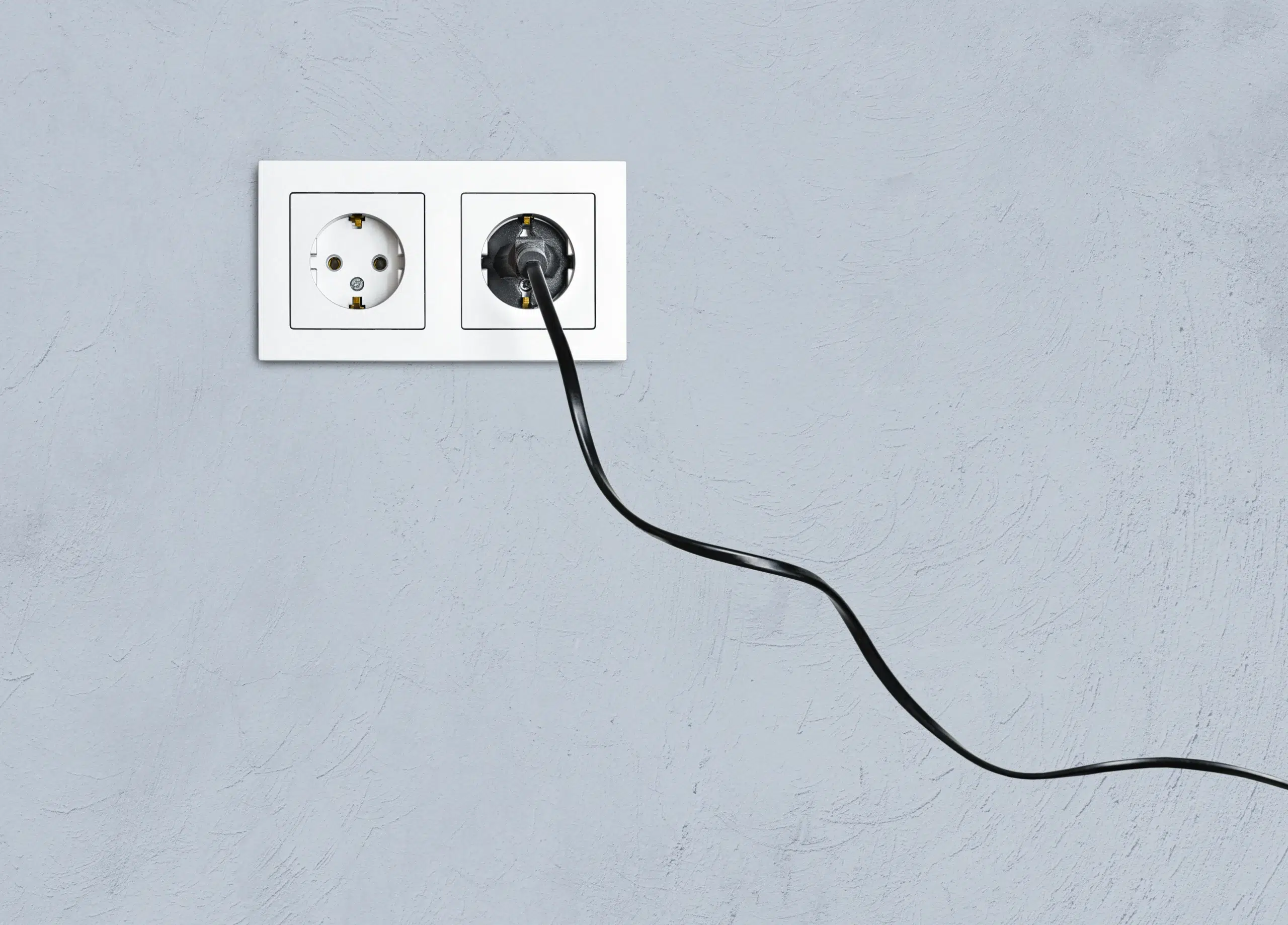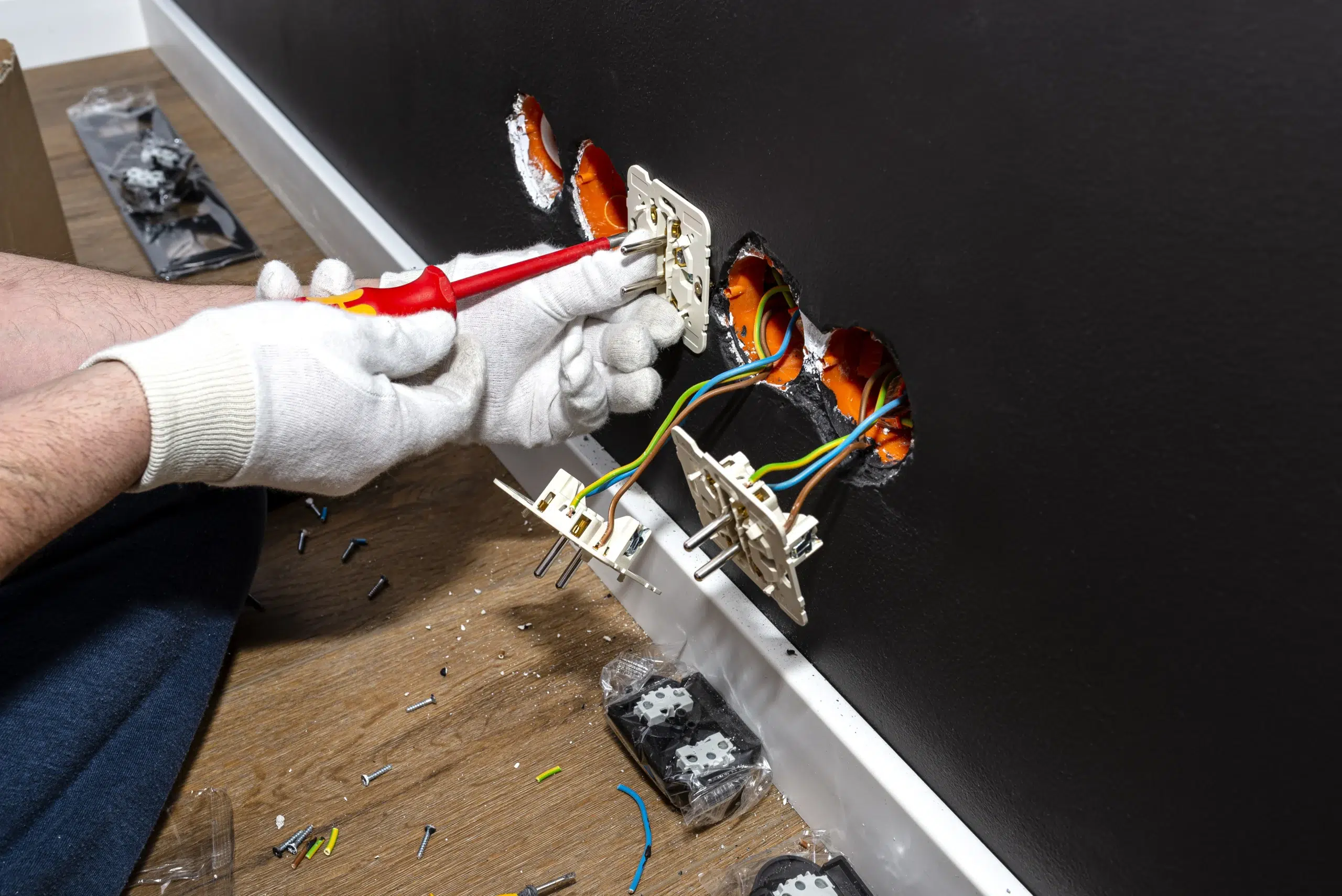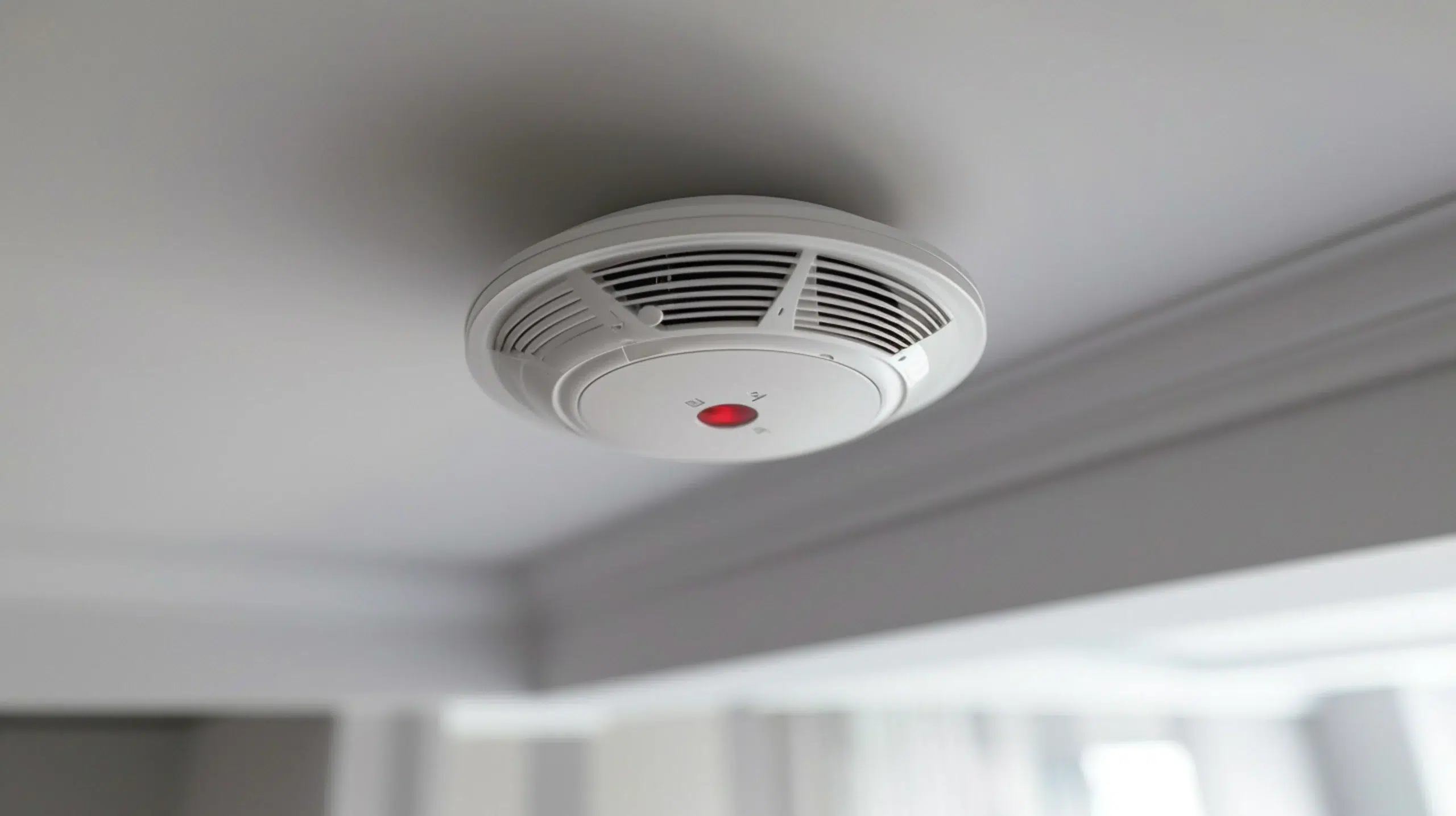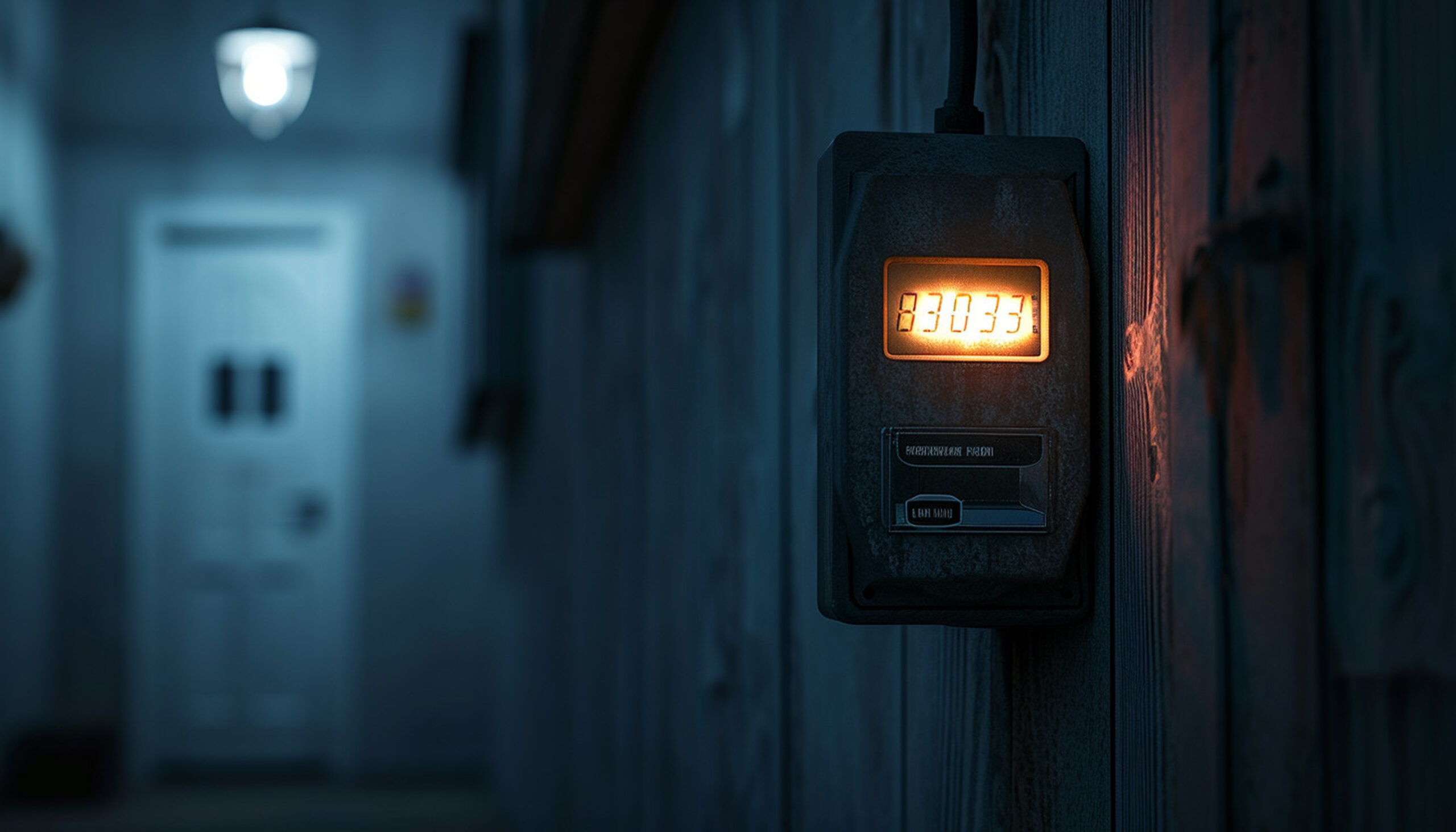Electrical Surges Damaging Your Appliances? Here’s What You Can Do
Category:
What Are Electrical Surges?
Definition and How They Occur
Electrical surges, also called power surges, are brief spikes of high voltage that exceed the normal supply. In Australian homes, standard voltage is 230 volts, but during a surge it can rise much higher for just milliseconds. Common causes include lightning strikes, grid switching, faulty wiring, and large appliances cycling on and off. These sudden fluctuations disrupt the flow of electricity and create risks for your home and appliances.
Impact on Home Appliances
Modern electronics are highly sensitive to voltage spikes. Repeated surges can damage televisions, gaming consoles, laptops, and routers without obvious signs at first. Larger appliances, such as fridges and air conditioners, often deteriorate slowly, leading to expensive repairs or early replacement. Surges also weaken wiring insulation, increasing the risk of fire if left unaddressed. Recognising these risks and seeking help from a emergency electrician can save both appliances and property.
Common Causes of Electrical Surges in Sydney Homes
Lightning and Weather Events
Lightning strikes are one of the most destructive causes of power surges and are common during Sydney’s storms. A strike on a building or even nearby power lines can push thousands of volts through a household electrical system in less than a second. These events can destroy multiple appliances at once and damage home wiring, posing serious safety hazards.
Overloaded Circuits and Faulty Wiring
Overloading circuits by running too many high-powered appliances at once can trigger surges. Fridges, heaters, and washing machines draw significant power when switching on and off, straining circuits further.
Old or damaged wiring makes the problem worse, as frayed insulation or loose connections reduce a system’s ability to handle sudden changes. A licensed Sydney electrician can assess and upgrade wiring to meet safety standards and reduce these risks.
Common Causes of Electrical Surges in Sydney Homes
Lightning and Weather Events
Lightning strikes are one of the most destructive causes of power surges and are common during Sydney’s storms. A strike on a building or even nearby power lines can push thousands of volts through a household electrical system in less than a second. These events can destroy multiple appliances at once and damage home wiring, posing serious safety hazards.
Overloaded Circuits and Faulty Wiring
Overloading circuits by running too many high-powered appliances at once can trigger surges. Fridges, heaters, and washing machines draw significant power when switching on and off, straining circuits further. Old or damaged wiring makes the problem worse, as frayed insulation or loose connections reduce a system’s ability to handle sudden changes. A licensed Sydney electrician can assess and upgrade wiring to meet safety standards and reduce these risks.
Utility and Grid Issues
Not all surges start in the home. Power company activities such as switching grids, restoring power after outages, or carrying out maintenance can cause fluctuations that flow through entire neighbourhoods. These surges can affect many houses at once. An emergency electrician can test and strengthen your home’s system to handle these spikes safely.

Signs Your Appliances Are Affected by Surges
Frequent Appliance Burnouts
Appliances that fail unexpectedly without a clear reason may be suffering from repeated surges. TVs, computers, phone chargers, and other sensitive electronics often break down after being exposed to minor but continuous spikes. If you find yourself replacing appliances more often than expected, surges could be the hidden cause.
Dimming or Flickering Lights
Lights that dim or flicker when larger appliances switch on are another warning sign. Occasional flickers may not be alarming, but frequent fluctuations suggest unstable voltage. In such cases, contacting a professional electrician is essential to prevent further damage.
Tripped Circuit Breakers
Circuit breakers are designed to cut power when electrical loads become unsafe. If breakers trip regularly without obvious overloads, it may indicate surge-related instability. This disrupts daily life and signals potential damage to wiring or appliances. Consistently tripping breakers should be inspected promptly by a licensed electrician.
Preventing Electrical Surge Damage
Install Surge Protectors
Surge-protecting power boards are a simple way to protect electronics such as TVs, computers, and gaming consoles. They absorb excess voltage before it reaches your devices. For stronger protection, licensed electricians can install whole-home surge protection at the switchboard, shielding every circuit. This is particularly valuable in Sydney, where storms and grid fluctuations are common.
Unplug During Storms
Unplugging appliances during lightning storms is one of the easiest ways to prevent surge damage. Devices such as routers, TVs, and laptops should be disconnected to avoid exposure to surges travelling through power lines. Even with surge protectors, unplugging remains the safest option in severe weather.
Upgrade Home Wiring
Old or damaged wiring increases vulnerability to surges. Loose connections and worn insulation can no longer handle modern electrical loads. Hiring a licensed Sydney electrician to replace or repair wiring reduces surge risks and ensures compliance with Australian safety standards.
When to Call a Licensed Electrician
Professional Diagnosis and Protection Installation
While surge protectors provide basic defence, hidden wiring issues require expert attention. A qualified electrician can inspect load capacity, wiring, and weak points that may lead to surges. They can also install devices such as RCDs, surge arresters, and upgraded breakers, ensuring your system is well-protected against unexpected spikes.
Ensuring Compliance with Australian Standards
In Australia, DIY electrical work is illegal and unsafe. Only licensed electricians can legally install surge protection and issue a Certificate of Electrical Safety. This certification proves compliance with Australian Standards and supports insurance claims for surge-related damage. Without it, insurers may reject claims. Compliance ensures your home remains both legally and electrically safe.
Conclusion
For the most reliable protection, engage a licensed electrician in Sydney to inspect your system and install appropriate safeguards. When sudden surges pose an immediate threat, an emergency electrician can provide urgent help to keep your home safe.
FAQ's
What causes electrical surges in Australian homes?
Surges are usually caused by lightning, power grid switching, faulty or ageing wiring, and overloaded circuits. High-powered appliances like fridges or air conditioners can also trigger smaller surges when cycling on and off.
Can small power surges damage modern appliances?
Yes. Even minor surges gradually wear down the internal components of modern electronics. While the effects may not be immediate, repeated surges shorten their lifespan and lead to costly replacements.
Are surge protectors enough to safeguard expensive electronics?
Basic surge-protecting power boards can block smaller spikes but are not foolproof. For stronger defence, whole-home surge protection at the switchboard offers wider coverage and long-term reliability.
How do I know if my home needs rewiring for surge protection?
Signs include flickering lights, frequent breaker trips, buzzing outlets, or burning smells. Older homes with original wiring are especially at risk. A licensed electrician can inspect and recommend upgrades.
Does insurance cover appliances damaged by electrical surges?
It depends on your policy. Some insurers provide cover, but claims may be denied if your wiring is outdated or non-compliant. Certified surge protection strengthens your case for successful claims.
93 Exley Road Wedderburn NSW 2560 Campbelltown & South West Sydney
Why Installing Your Own EV Charger Could Void Your Car’s Warranty and Insurance
Why Installing Your Own EV Charger Could Void Your Car’s Warranty and Insurance Category: The...
Read MoreThe Hidden Damage Rodent Cause to Electrical Wiring and Insulation
What Does a Pre-Installation EV Charger Inspection Entail? Category: Installing an EV charger at your...
Read MoreThinking of Installing an EV Charger in Your Apartment or Shared Parking Area? Here’s What You Need to Know
Thinking of installing an EV charger in your apartment or shared parking area? Here’s what...
Read MoreIs It Safe to Install an EV Charger Outdoors in Sydney’s Weather Conditions?
How to Choose the Right Gate Intercom for Your Property Category: The increased availability of...
Read MoreHow to Choose the Right Gate Intercom for Your Property
How to Choose the Right Gate Intercom for Your Property Category: Selecting the appropriate gate...
Read MoreThe Light Switch Feels Warm or Smells Burnt — What Should I Do?
The Light Switch Feels Warm or Smells Burnt — What Should I Do? Category: Light...
Read MoreWhy Do I Get a Small Electric Shock from My Appliances?
Why Do I Get a Small Electric Shock from My Appliances? Category: Small electric shocks...
Read MoreElectrical Surges Damaging Your Appliances? Here’s What You Can Do
Electrical Surges Damaging Your Appliances? Here’s What You Can Do Category: An electrical surge refers...
Read MoreWhat are the types of smoke Alarms and How Does It Work?
What are the types of smoke Alarms and How Does It Work? Category: A smoke...
Read MorePower Outage in Just One Room? Here’s What Could Be Causing It
Power Outage in Just One Room? Here’s What Could Be Causing It Category: Experiencing a...
Read More
